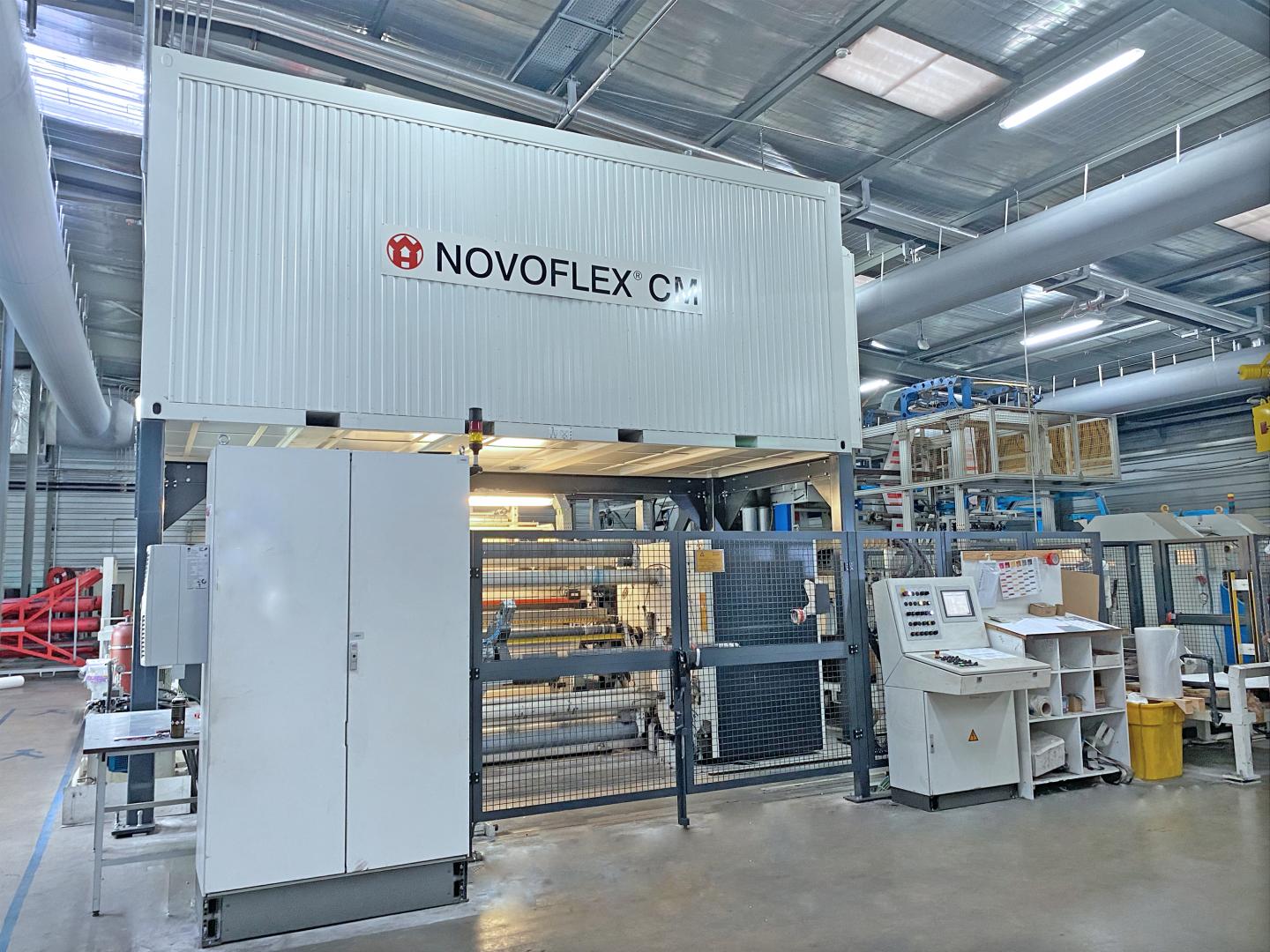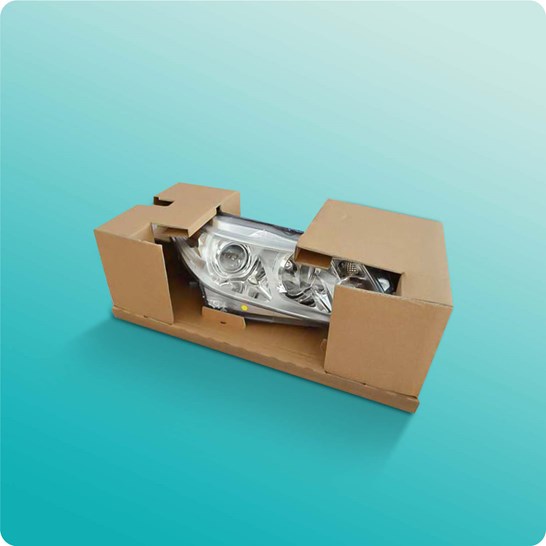Innovative Industrial Packaging Solutions: Raising Your Products
Wiki Article
Effective Industrial Recycling Solutions for Lasting Packaging: A Comprehensive Guide
That's where this thorough guide on efficient industrial recycling remedies for lasting product packaging comes in. By checking out vital areas such as product packaging material option, developing for recyclability, executing recycling facilities, teaming up with recycling companions, and tracking and determining reusing success, this overview will certainly furnish you with the expertise and devices required to make enlightened choices and drive positive change within your organization. Whether you're a product packaging specialist, sustainability supervisor, or merely interested in the subject, this guide will certainly supply important insights and methods to aid you navigate the world of sustainable product packaging.Product Packaging Material Selection
The choice of product packaging products plays a vital duty in guaranteeing the sustainability of commercial reusing solutions. When it involves lasting packaging, the option of materials is type in reducing ecological influence and making best use of recycling efficiency. Choosing the right products can help lower waste generation, save sources, and advertise a circular economy.Materials like cardboard, paper, glass, and particular types of plastics can be reused multiple times without shedding their top quality. On the various other hand, products that are difficult to recycle, such as non-recyclable compounds or blended plastics, can create obstacles for the reusing process and might end up in landfills or burners.
An additional factor to consider is the usage of renewable and eco-friendly products. Packaging made from sustainable sources, such as plant-based plastics or biopolymers, can help in reducing dependency on fossil fuels and alleviate environment change. Additionally, naturally degradable products damage down naturally in time, lowering the accumulation of waste in garbage dumps.
Furthermore, the weight and volume of product packaging materials ought to be decreased to reduce transport costs and energy usage. Light-weight materials not only need fewer resources during production however likewise add to decrease carbon exhausts throughout transport.
Creating for Recyclability
Packaging designers need to prioritize the use of products that are commonly accepted for recycling and have developed reusing facilities. Products such as glass, light weight aluminum, and specific types of plastic, like Pet dog and HDPE, are typically recycled and should be favored over materials that are difficult or pricey to recycle.An additional essential factor to consider in creating for recyclability is the elimination of unnecessary parts or materials. By lessening the variety of layers, layers, and extra components, packaging can be made less complex and much easier to reuse. Furthermore, designers must intend to minimize the use of mixed materials, as they can complicate the recycling procedure.

Implementing Recycling Facilities
Reliable application of recycling framework is important for the success of industrial reusing options. Without proper framework in location, the reusing process comes to be inefficient and inefficient, hindering the overall objective of sustainable product packaging.To execute reusing infrastructure successfully, numerous crucial variables need to be taken into consideration. There need to be a well-organized collection system that helps with the separation and collection of recyclable products. This can consist of marked reusing containers in public rooms, along with collaborations with waste administration firms for curbside pickup and sorting.
When collected, the recyclable products require to be moved to reusing facilities in a timely manner. This calls for reliable logistics and transport networks, making sure that the materials reach the suitable facilities without hold-up.
At the reusing facilities, advanced sorting and processing technologies should be in area to separate different types of materials efficiently. This includes making use of automated arranging equipments, optical scanners, and hands-on sorting methods.
In addition, there ought to be a durable market demand for recycled materials. This can be achieved through collaborations with makers and sectors that make use of recycled materials in their manufacturing processes. Producing a secure market for recycled materials incentivizes the recycling sector and promotes the round economic climate.
Teaming Up With Recycling Allies

One secret aspect of working together with recycling companions is the facility of clear communication networks. It is necessary to establish open lines of interaction to help with the exchange of information, updates, and feedback. This allows both parties to stay informed about the progress of recycling campaigns and attend to any challenges or concerns that might occur.
In addition, cooperation can involve collaborations in creating and executing reusing programs. Recycling companions can provide valuable understandings and assistance in developing effective collection systems and figuring out the most suitable recycling innovations. By working together, services and recycling partners can enhance the recycling process and reduce waste.
Additionally, collaboration can extend past the operational elements of reusing. It can also incorporate advocacy and education initiatives. By signing up with forces, companies and reusing companions can elevate recognition concerning the significance of recycling and advertise the fostering of lasting packaging methods amongst consumers and other stakeholders.
Tracking and Measuring Recycling Success
To article guarantee the effectiveness of commercial reusing services and the accomplishment of sustainable packaging goals, it is crucial for services and their recycling partners to develop an extensive system for monitoring and measuring reusing success (industrial metal packaging). Tracking and measuring recycling success allows services to analyze the influence of their recycling efforts, recognize locations for improvement, and set significant targets for future progressionOne means to track recycling success is via using data collection and analysis tools. By gathering data on the amount of product packaging waste created, the percent of waste that is recycled, and the sorts of products being reused, organizations can get valuable insights into their recycling efficiency. This information can then be assessed to identify fads, patterns, and areas of ineffectiveness.
Another important element of monitoring and measuring reusing success is developing standard and clear metrics. This allows organizations to contrast their efficiency versus sector standards and track their progress with time. Metrics such as reusing prices, waste diversion rates, and greenhouse gas exhausts can provide a quantitative measure of a company's recycling success.

Conclusion
To conclude, applying reliable industrial recycling remedies for sustainable packaging calls for cautious consideration of product packaging material choice, making for recyclability, implementing reusing facilities, working together with recycling companions, and tracking webpage and gauging recycling success. By integrating these methods, companies can add to a much more environmentally-friendly and lasting technique to product packaging, decreasing waste and advertising the circular economic situation.By exploring essential areas such as product packaging material selection, creating for recyclability, executing recycling facilities, collaborating with recycling companions, and tracking and gauging recycling success, this overview will certainly equip you with the expertise and tools essential to make informed decisions and drive favorable adjustment within your organization. Product packaging designers ought to focus on the usage of materials that are extensively accepted for recycling and have actually developed reusing facilities.Cooperation with reusing partners is crucial for the successful application of industrial recycling options and the success of lasting packaging goals. By signing up with pressures, businesses and recycling partners can increase recognition concerning the significance of recycling and advertise the fostering of lasting packaging methods amongst customers and various other stakeholders.
By accumulating information on the quantity of product packaging waste produced, the percent of waste that is reused, and the kinds of materials being recycled, services can obtain beneficial insights right into their recycling efficiency.
Report this wiki page